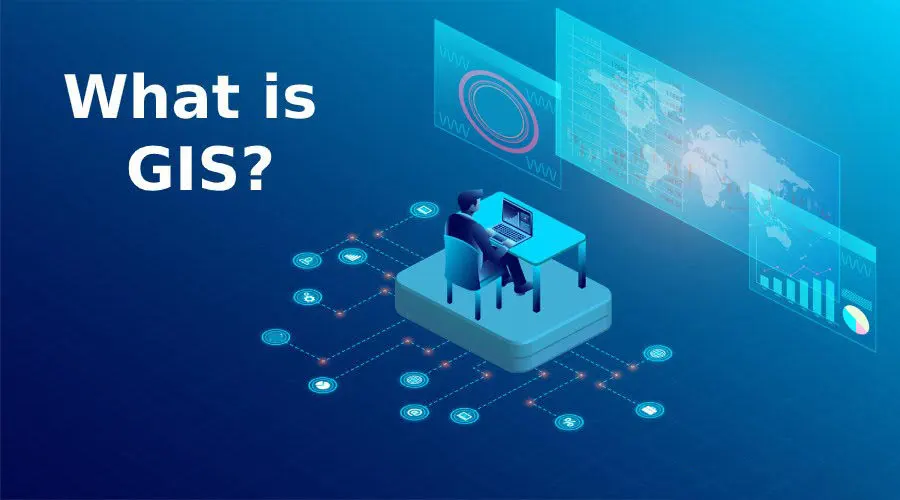The components of a GIS
Hardware, software, data, protocols, and people are all parts of a GIS. The efficient administration, coordination, and cooperation of the individuals engaged in the creation and application of geospatial technology are crucial, even though all of a GIS's components are significant.
The difference between a GCS and a PCS
A reference framework known as a geographic coordinate system (GCS) is used to determine the positions of features on a model of the world. It has a globe-like form; it is spherical. It uses angular measurements, often degrees. A PCS is a projected coordinate system. It includes a GCS, but by the use of mathematics (the projection process) and other variables, it transforms the GCS into a flat surface. Its linear units, most frequently meters, are used.
Types of coordinate systems in GIS
There are three different kinds of horizontal coordinate systems: global, projected, and local. By looking at the attributes of the layer, you may tell what kind of coordinate system is being used by your data:
- coordination system in GIS: The locations of features on a model of the globe are established using a reference framework called a geographic coordinate system (GCS). It is spherical and has a shape like a globe. It employs angles, frequently expressed as degrees. A projected coordinate system (PCS) is one.
- The importance of coordinate systems in GIS: Since precise positions must be determined using a coordinate system and its datum, a projection must be utilized to visually portray those places on a separate surface unless a perfect scale model of the Earth is employed.
- The difference between a datum and a geographic coordinate system: In a system of geographic coordinates, a datum is one of the parameters (GCS).
The component of the GCS known as the datum defines which model (spheroid) will be used to depict the earth's surface and where it will be positioned with respect to the surface. There are several distinct datums created for various regions of the world since the earth's surface is not exactly flat or spherical. A GCS is a comprehensive explanation of how to connect coordinate values to actual geographic places in the world. A GCS also comprises an angular unit, a prime meridian (which identifies the position of 0° longitude), and a datum (often degrees). If you're curious to learn more about GIS coordination, our GIS training program will provide you the chance to understand this idea and how it may help your company.

